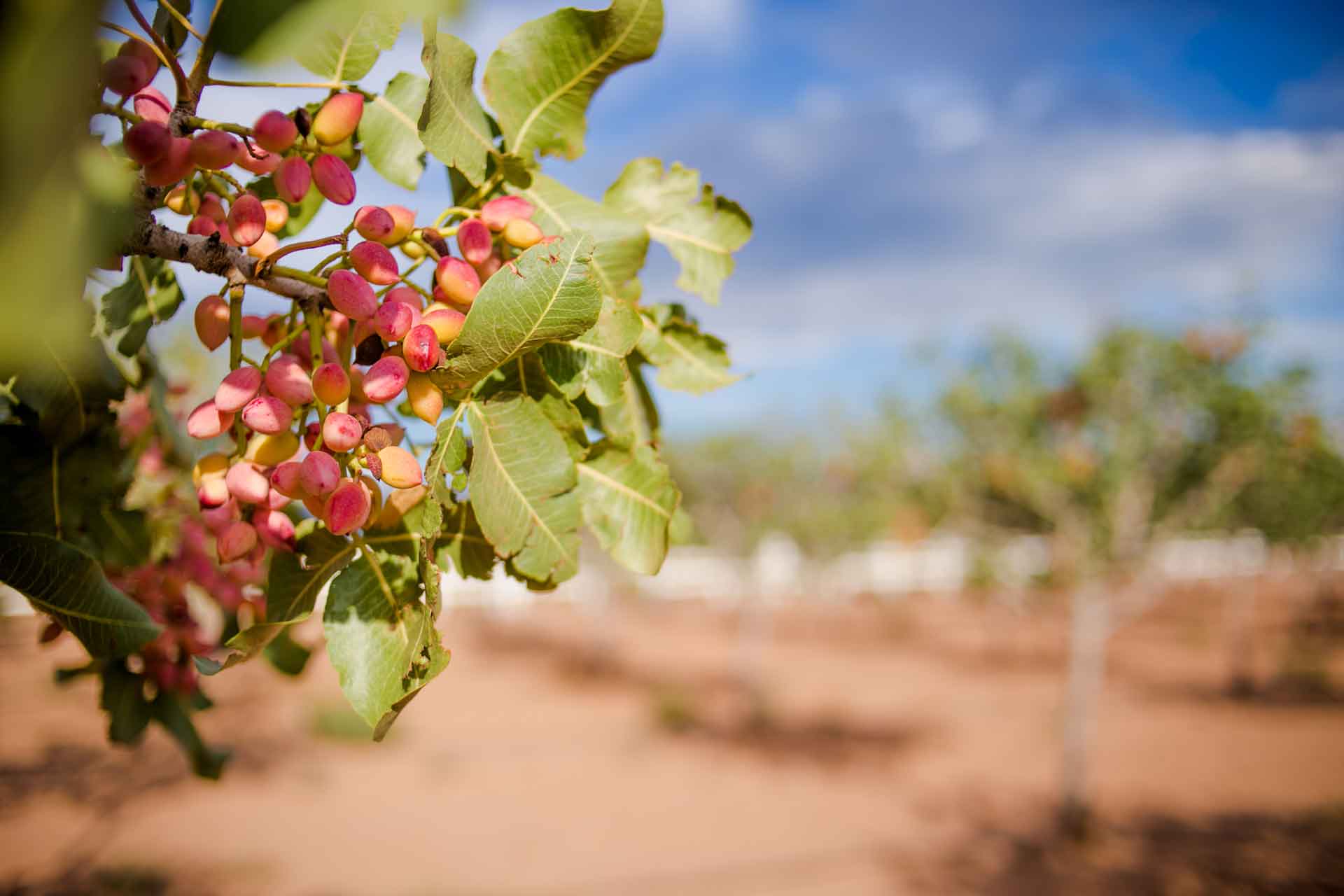The organic movement has gone full steam ahead. As the fastest growing sector of the food market, this multibillion dollar industry went from slightly shunned to uber trendy, to a statement of health, environment, and bottom line.
While there are several reasons that growers opt to make the shift from what we now know as conventional farming to organic, there are a lot of reasons that make growers hesitant to transition. Either way, there is a growing awareness of the broader effects conventional farming has on the population and the orchards, so the spectrum of change spans from less chemical usage to no inputs whatsoever, and possibly not even adding water.
Regenerative Farming
Within the construct of organic farming is a lesser known—though growing in popularity—style called regenerative farming. And while one may encompass the other, each paints its own style of farming.
“I think of organic farming as a component of regenerative farming,” says Nathanael Siemens. As a regenerative—and, thus, organic—farmer himself, Siemens has farmed with no chemicals, no inputs, and sometimes with no water, such as on various dry farms. “Regenerative encompasses every area that farming effects, but is best known for carbon sequestration. We put a lot of carbon back into the ground. A lot of people hear ‘organic’, and they just think of conventional farming, but with organic inputs.”
Organic, however, still appears as a relative unknown in California’s Central Valley, turning the industry around backwards as a region. Especially in comparison to regions like the midwest, where regenerative methods are used for economic reasons, such not tilling in order to prevent soil erosion. “But the Central Valley has a different set of parameters,” says Siemens.
Making the Transition
California’s prime growing region is a very high value production area, and there’s enough financial risk throughout the local agriculture industry that it has created a disconnect from the backbone of the organic concept. That and healthier practices haven’t been as incentivized in the past as they are now, such like with programs like the California Department of Food and Agriculture’s Healthy Soils Initiative. Many farmers opt to make the transition to organic for, understandably, monetary reasons, expecting higher margins. This can actually work out well, as the increase in cost to farm organically isn’t that much higher than conventional. Others, in particular those who live on their farms or are surrounded by their orchards, have made the shift do due health concerns of their own family members, making them even more vested in the goingson of their orchards.
And like any kind of significant transition, there’s a process. “Organic isn’t hard,” says Siemens, “and it’s very doable because it’s still within our institutional memory. Our grandparents all farmed organically. Our great-great grandparents didn’t pump water, tractors didn’t exist, they fed their horses from the land. It was a closed-loop system.” Scaling back or growing without inputs is a lot more sensible and easier for people to wrap their minds around, but it’s still an entirely different system.
If growers have been slowly adding inputs to their orchards, the trees have effectively become trained to yield according to those conditions. Essentially, they’ve been engineered to not have to compete with weeds because weeds are simply sprayed. They’ve not had to reach deep for water because current irrigation methods remove the challenge for the roots.
For trees that are used to today’s conventional farming methods, the transition to organic can have some pretty significant effects. Soil biology is what’s driving all of the science and related theories, and trees fed directly through inputs are effected at the root structure, especially since their roots are lying in the soil. The orchards are productive because the chemicals and nutrients are strong.
“It’s like feeding a kid sugar,” Siemens says in comparison. “And the soil biome is very similar to the human gut biome. If you’re not giving your body work to do, like eating rough greens, and you eat simple carbs and junk all the time, your gut biome suffers and dies. This has a profound long term effect on your body. If you don’t have a healthy gut, you can’t synthesize certain hormones or minerals and such to maintain your immune system…or regulate micronutrients that support metabolic pathways for important functions of the body.
“The same is true for the plants. If you don’t make the plants work for their nutrients, and the microbes aren’t doing the work for the plant, then those secondary pathways are bypassed, and you’re getting a lower micronutrient content. If you’re feeding plants the synthesized nutrients, they’ll grow, but they won’t have the robust anti-disease systems.”
Conventional farming tactics while only using organic inputs won’t necessarily build trees to be more self-sustaining. Organic in a sense that little-to-no inputs are used can. Regenerative methods really make a tree work for itself. The roots go deeper, mulch layers and cover crop preserve the evapotranspiration rate (ET), while suppressing weeds and providing other benefits.
Water
There’s also talk about the elephant in the room— the aquifer. “Are we taking from it or recharging it?” says Siemens. There’s a possible domino effect that surrounds water usage. “Water is really all of the problems put together. If you don’t put water on your land, your product will be of a higher quality, but your yield will be smaller. If your yield is smaller, you’ll make less income. Less income means you might not be able to pay your land lease. Deficit irrigation is a normal thing, but we’re living as if we have unlimited water.”
While the topic of water is a much grander discussion, transitioning orchards can experience water savings without the potentially dire outcomes. When Siemens consults and helps growers convert their farms, he says he aims for a thirty percent savings in water usage, “Based, in part, on the fact that if you have a mulch layer on the ground, you’re saving up to thirty percent in ET.”
Complications to Transitioning
While the upsides include higher margins, higher nutritional value, less water usage, improved human health, and—in particular with regenerative farming—alleviated carbon frustrations, there are some complications a grower should be aware of when transitioning.
“The biggest obstacle is psychological. It’s a big commitment to take that leap. Farmers are problem solvers by nature, but it’s still scary,” sympathisizes Siemens. For some crops, it’s a lot easier to piggyback off current infrastructure, making the transition into the organic market a lot smoother.
For crops such as almonds, pistachios, hay, and others, there’s a lot of organic processing, which makes it easier to move those products into a steady stream of sales. It’s a little tougher for niche markets, or markets that suffer from post harvest bottlenecks, like cotton.
The greatest overall benefits come from getting as close as one can to mimicking natural ecosystems, which are built on the very foundation of sustainability. The agricultural industry also has a profound influence on numerous factors of everyday life, and can have a positive impact on every single one of them.
For more information on organic or regenerative farming, please contact Nathanael Siemens at nathanael@fatunclefarms.com















